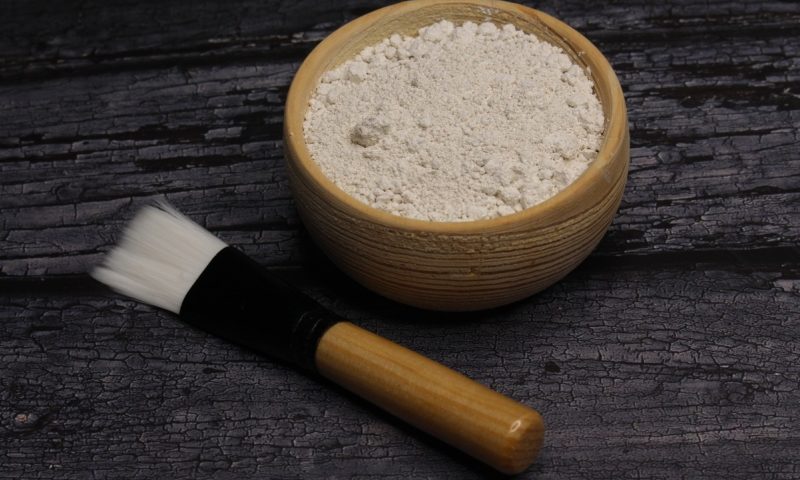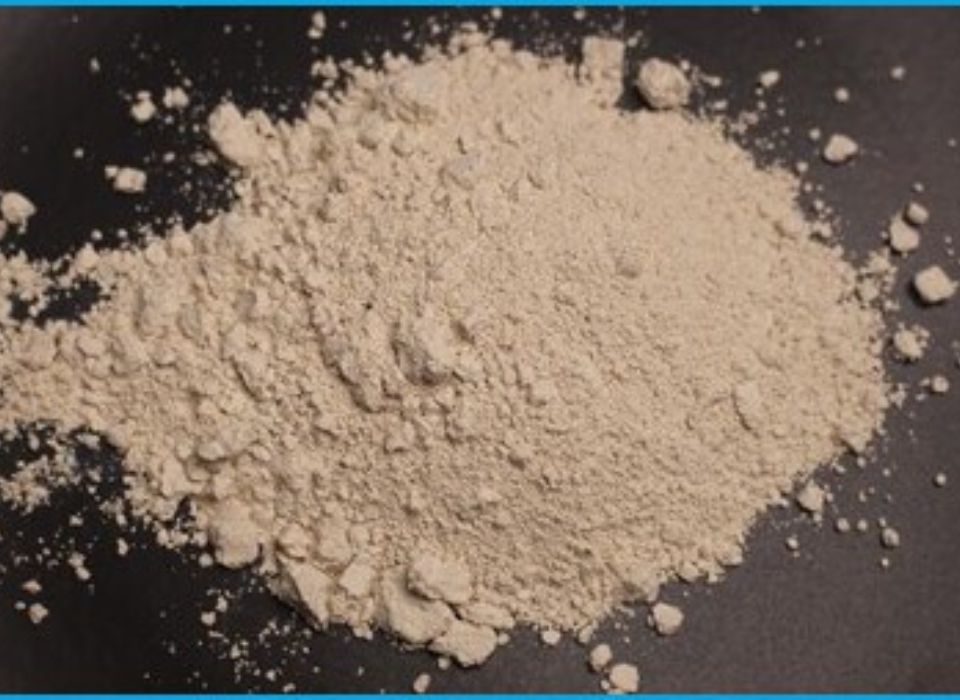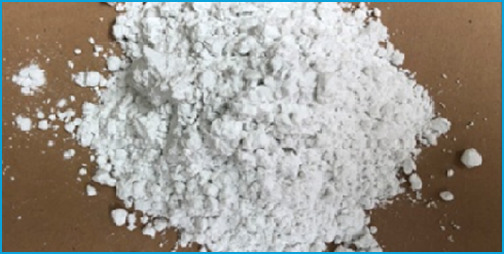
How is diatomaceous earth safe for humans?
July 24, 2023
What precautions should I take when handling Kieselguhr?
August 14, 2023Introduction
In the realm of natural insecticides, Diatomaceous Earth (DE) has emerged as a prominent solution for pest control. Composed of fossilized remains of diatoms, DE is widely known for its abrasive properties, effectively desiccating insects upon contact. But the question remains, is Diatomaceous Earth a long-term solution for insect control? In this blog post, brought to you by Seema Minerals, a reputable provider of Diatomaceous Earth, we will explore the efficacy of DE as a sustainable and enduring method of insect control.Understanding the Mechanism of Diatomaceous Earth
IBefore diving into its long-term effectiveness, let's understand how Diatomaceous Earth works as an insecticide. DE is processed into a fine powder that contains microscopic sharp edges. When insects come into contact with DE, the powder adheres to their exoskeletons. As insects move, the sharp particles create small cuts, leading to the gradual dehydration of the pests. This desiccation process eventually proves fatal to the insects.
The Gradual Approach to Insect Control
One key aspect of DE's effectiveness lies in its gradual approach to insect control. Unlike chemical insecticides that deliver swift results, Diatomaceous Earth for Insecticides works over a longer period. This gradual action is advantageous in certain scenarios, particularly for eliminating entire colonies of insects. When an insect comes into contact with DE, it may carry the particles back to its nest, inadvertently spreading the insecticide to other members of the colony. As a result, DE targets not just the visible pests but also their hidden nests, ensuring a more comprehensive and long-lasting control.
Resistance Management
A major concern with conventional chemical insecticides is the development of insect resistance. Pests can evolve and develop resistance to certain chemicals over time, rendering those insecticides ineffective. However, DE's physical mode of action makes it unlikely for insects to build resistance. The abrasive nature of the powder is indiscriminate; it works by causing physical damage to the insects' bodies rather than relying on specific chemical interactions. Consequently, DE remains a reliable and consistent insect control option, even in the face of potential resistance development.
Environmentally Friendly
One of the remarkable features of Diatomaceous Earth is its environmental friendliness. Derived from naturally occurring diatomite deposits, DE is non-toxic to humans and animals when used correctly. Its mode of action targets insects without posing a threat to beneficial insects, wildlife, or the environment. This eco-friendly characteristic makes DE an attractive option for long-term insect control in both indoor and outdoor settings, including gardens and agricultural fields.
Persistent Protection
Another compelling aspect of DE as a long-term solution is its persistent protection. While chemical insecticides may degrade rapidly due to weather conditions, UV exposure, or microbial activity, it maintains its potency for an extended period. When applied in dry conditions and undisturbed areas, it can remain effective for weeks, if not months. Its enduring protection makes it particularly suitable for insect-prone spaces where continuous monitoring and application may not be feasible.
Multi-Pest Control
DE's versatility in controlling a wide range of pests further enhances its long-term efficacy. Whether it's crawling insects like ants, cockroaches, and bed bugs, or garden pests such as aphids and mites, it has shown effectiveness against various species. This ability to target multiple pests with a single solution streamlines pest management efforts and reduces the need for multiple specialized insecticides.
Application Techniques for Long-Term Success
To ensure the long-term effectiveness of Diatomaceous Earth, proper application is crucial. Here are some key tips for successful DE application:
Conclusion
In conclusion, Diatomaceous Earth stands as a reliable and effective long-term solution for insect control. Its gradual action, resistance management, environmental friendliness, persistent protection, multi-pest control capabilities, and easy application methods make it a preferred choice for sustainable pest management. Seema Minerals takes pride in providing high-quality Diatomaceous Earth, offering a natural and eco-friendly solution to combat various insect pests. Thus, at last use the power of Diatomaceous Earth for lasting insect control, ensuring a harmonious balance between pest management and environmental responsibility.




